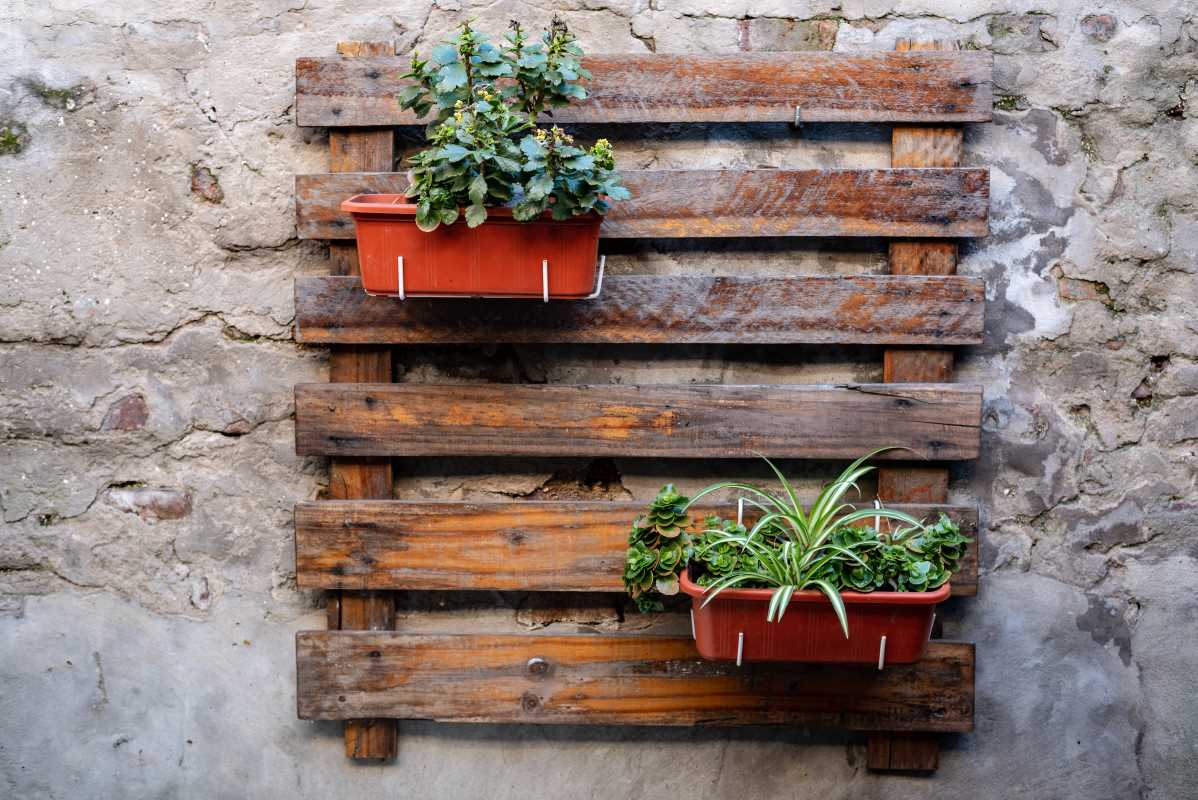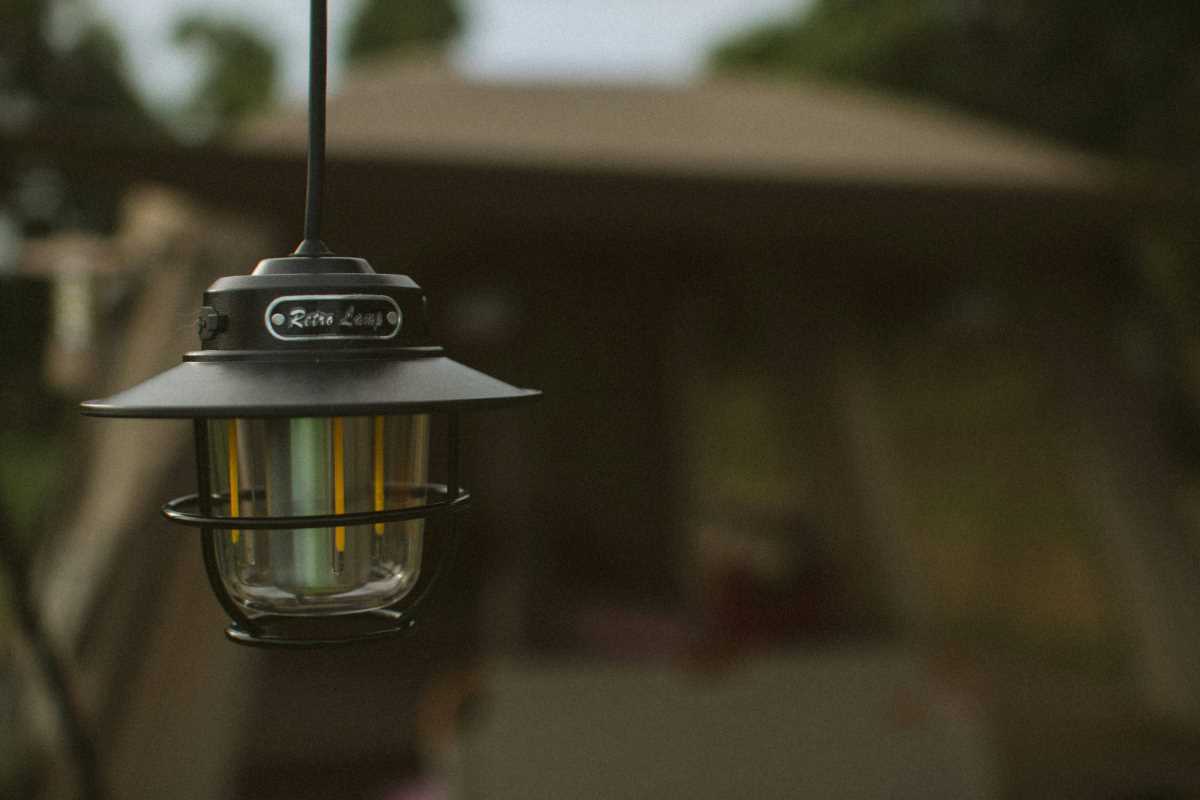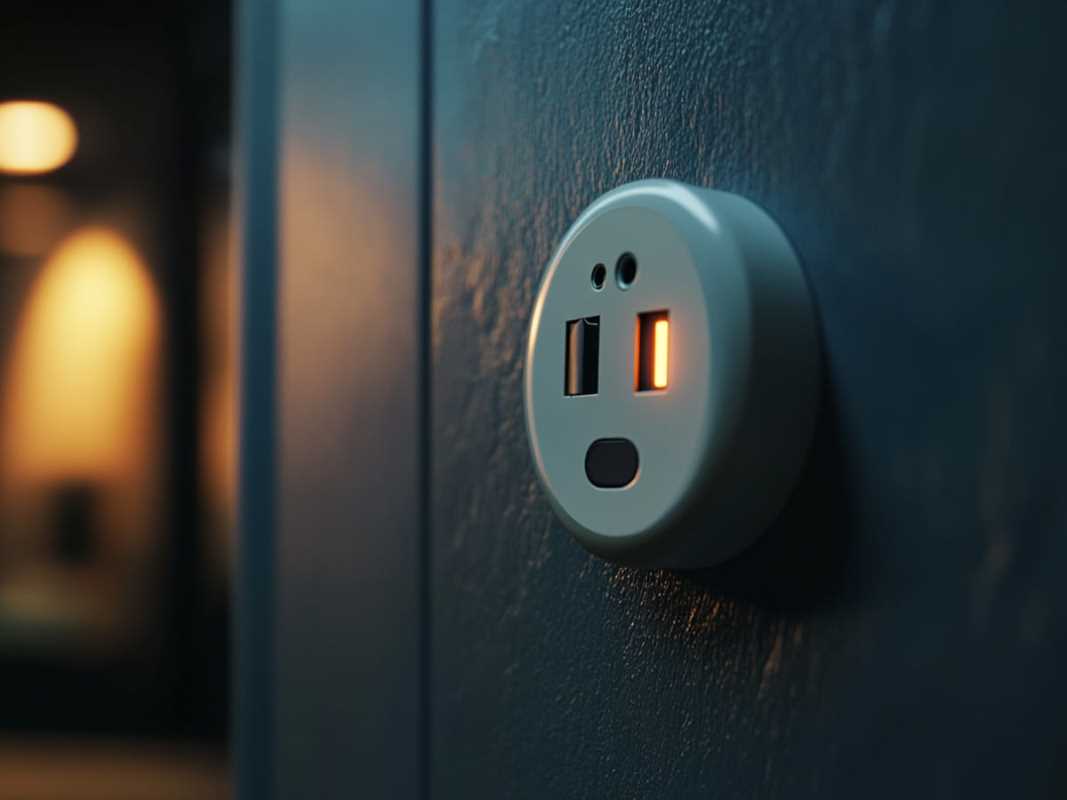Imagine transforming a plain wall or a small balcony into a lush, green oasis that not only captivates the eye but also cleans the air around your home. Vertical gardens offer this perfect blend of beauty and functionality, making them an excellent addition to any living space. Whether you're looking to spruce up your home's exterior or interior, vertical gardens provide a versatile solution that enhances aesthetics while contributing to a healthier environment.
Understanding Vertical Gardens
Vertical gardens, also known as living walls, are innovative landscaping techniques where plants grow vertically, using structures like walls, trellises, or specially designed frames. This approach maximizes green space, especially in urban settings where horizontal space is limited. Here are some popular types of vertical gardens:
- Green Walls: These are panels covered with greenery, often integrated with an irrigation system to ensure plants receive adequate water.
- Living Trellises: Utilizes climbing plants trained to grow along trellises, creating a natural decorative feature.
- Pocket Gardens: Consist of fabric pockets attached to a wall, each filled with soil and plants, offering a modular and flexible design.
- Hanging Gardens: Plants are suspended in containers from walls or ceilings, allowing for dynamic arrangements and easy maintenance.
- Recycled Materials Gardens: Uses repurposed materials like pallets or old frames as the structure for planting, promoting sustainability.
Benefits of Vertical Gardens for Aesthetics
Adding vertical gardens can dramatically enhance the visual appeal of any space. They introduce a vibrant splash of greenery that can soften harsh architectural lines and create a more inviting atmosphere. Whether it’s a colorful array of flowers or the deep greens of foliage, vertical gardens serve as living artwork that changes with the seasons, providing endless aesthetic variations. They can act as natural dividers or focal points in a room, adding depth and character to your home’s interior or exterior design.
Beyond their visual charm, vertical gardens offer the flexibility to customize plant selections based on personal preferences and available space. This means you can incorporate a variety of textures, colors, and plant types to match your home's style, whether it's modern, rustic, or eclectic. The ability to scale the garden up or down also means it can fit seamlessly into different spaces, from small apartments to expansive homes, ensuring that everyone can enjoy its beauty regardless of the size of their living area.
Improving Air Quality with Vertical Gardens
Vertical gardens play a significant role in enhancing the air quality inside and around your home. Plants naturally filter pollutants from the air, such as carbon dioxide, formaldehyde, and volatile organic compounds (VOCs), converting them into oxygen through the process of photosynthesis. This makes the air cleaner and healthier to breathe, which is especially beneficial in urban environments where air pollution is a concern.
Studies show that indoor plants can reduce airborne mold spores, lower carbon dioxide levels, and increase humidity, creating a more comfortable living environment. Vertical gardens, with their dense foliage, amplify these benefits by providing a larger surface area for plants to absorb pollutants. The presence of greenery has been linked to reduced stress levels, improved mood, and increased productivity, making vertical gardens not just a decorative element but a contributor to overall well-being.
Getting Started: Tips for Creating Your Vertical Garden
- Choose the Right Location: Select a wall or vertical space that receives adequate sunlight based on the types of plants you wish to grow. Ensure the area is easily accessible for maintenance and watering.
- Select Suitable Plants: Opt for plants that do well in vertical settings and match the lighting conditions of your chosen location. Consider a mix of ferns, succulents, herbs, and flowering plants for variety.
- Decide on a Structure: Choose a vertical garden system that suits your needs, whether it's a panel, trellis, or pocket garden. Ensure it can support the weight of the plants and any additional components like pots or trays.
- Install an Irrigation System: A reliable watering system is crucial for the health of your vertical garden. Drip irrigation or built-in watering systems can help maintain consistent moisture levels.
- Use Quality Soil and Fertilizers: Invest in high-quality soil that provides good drainage and aeration for your plants. Regular fertilization will keep your garden lush and vibrant.
- Maintenance and Pruning: Regularly check your plants for signs of pests or disease, and prune them to maintain the desired shape and prevent overcrowding.
- Monitor and Adjust: Keep an eye on the growth and health of your vertical garden, making adjustments to plant placement, watering schedules, or lighting as needed to ensure optimal growth.
Eco-Friendly Landscaping and Sustainability
Incorporating vertical gardens is a sustainable landscaping choice that aligns with eco-friendly practices. They make efficient use of space, particularly in urban areas where land is scarce, and promote biodiversity by providing habitats for various insects and birds. Using recycled materials for vertical garden structures not only reduces waste but also minimizes the environmental footprint of your gardening projects.
Vertical gardens contribute to energy efficiency by providing natural insulation. They can help regulate indoor temperatures by absorbing heat during the summer and providing an extra layer of insulation in the winter, potentially reducing the need for artificial heating and cooling. This natural temperature regulation not only lowers energy bills but also reduces your household's carbon footprint. Embracing vertical gardens as part of your landscaping strategy is a step towards a more sustainable and environmentally responsible lifestyle.
Vertical gardens offer a unique combination of enhancing your home's beauty and contributing to a healthier living environment. With various designs to suit different spaces and easy-to-follow steps for creation, anyone can enjoy the benefits of this green innovation. By embracing vertical gardens, you're not only improving the aesthetics of your home but also making a positive impact on your air quality and the planet. It's time to bring nature closer to home and experience the transformative power of vertical gardening.







